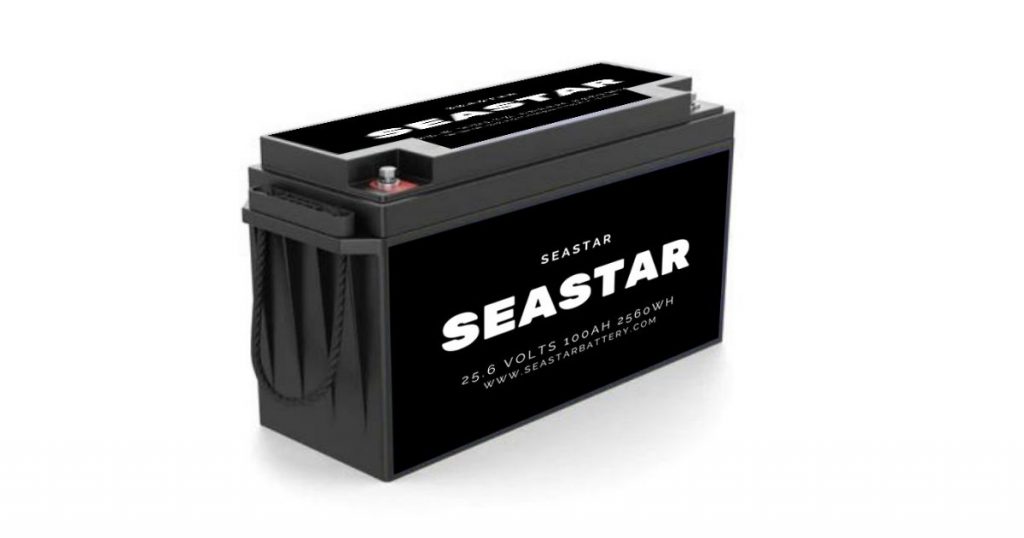Determining the end of a battery’s useful life can be a challenging task. It depends on the test standard or the specific application the battery is being used in, leading to various answers to this question.
The battery industry has numerous test standards that correspond to different battery types and applications. Regardless of the test standard used, if the battery no longer meets the required service level for its initial intended purpose, it can be considered at the end of its useful life from the perspective of your specific application. service level for its initial intended purpose, it can be considered at the end of its useful
However, it is important to note that this determination may differ from the manufacturer’s or industry engineering standard’s definition of the battery’s useful life.
Cycle Life Testing Standards at Various Rates and Remaining Capacities
According to the Seastar Battery BCI Standard, a deep-cycle battery would be considered at the end of its life if it fails to deliver at least 50% of its original rated capacity when tested at its 2-hour rated capacity while maintaining a voltage above 1.75 volts per cell (5.25 volts for a 6-volt battery, and 10.5 volts for a 12-volt battery).

For instance, in the case of a golf cart battery used in golf carts, if it cannot sustain a minimum voltage of 1.75 volts per cell (5.25 volts) for 40 minutes under a 75-amp load, it would be determined to have reached the end of its life.
Most official battery cycle life tests are conducted in controlled laboratory environments with specific conditions and temperatures.
As a quick non-scientific rule of thumb test that average users can perform, follow these steps:
Ensure the battery is fully charged to approximately 2.13 volts per cell (6.4 volts for a 6-volt battery and 12.8 volts for a 12-volt battery).
Apply a load using a carbon pile (preferred) or a resistive load tester capable of providing a meaningful load of 3 to 4 times the battery’s amp-hour (AH) capacity or two times the reserve capacity rating.
If the battery maintains a voltage above 9.6 volts for 30 seconds, it is still usable. However, it may not be capable of meeting your required runtime.
Choose Seastar Battery, the trusted lithium battery manufacturer from Shenzhen, China, offering reliable solutions for global buyers and importers!